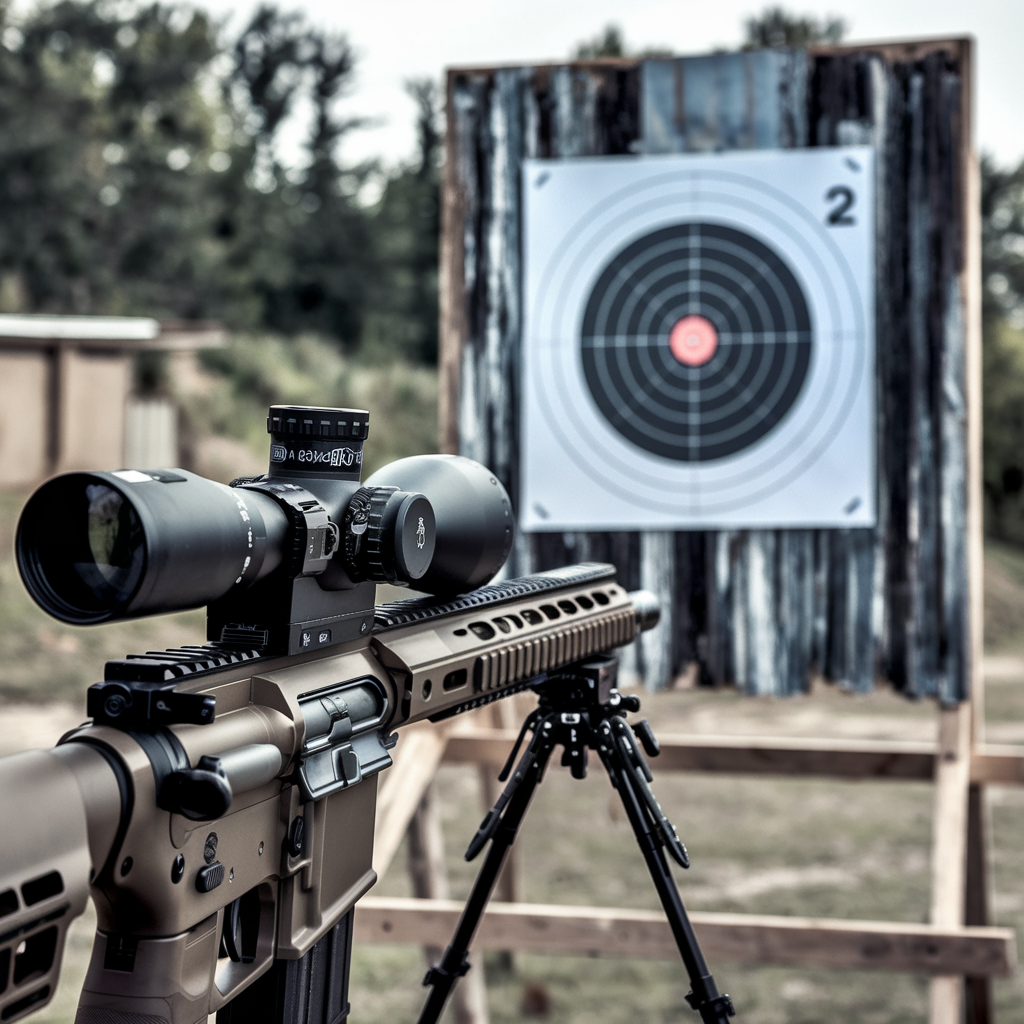How to Choose the Best Scope for Long-Range Shooting

Long-range shooting requires precision, practice, and the right equipment. One of the most important tools in your arsenal is the rifle scope. With so many options available, knowing how to choose the best scope for long-range shooting can feel overwhelming. In this guide, we’ll break it down into simple, actionable steps to help you make the right decision.
Understanding Your Shooting Goals
The best scope for long-range shooting will depend on how you plan to use it. Are you engaging targets at extreme distances on a shooting range, hunting in open fields, or exploring competitive shooting? Clearly defining your purpose will narrow your options and ensure your chosen scope meets your needs.
- Target shooting: For long-range precision, you’ll want a scope with high magnification and reliable adjustments.
- Hunting: Scopes for hunting require a balance of magnification and versatility, along with durability to handle outdoor conditions.
- Competition: Scopes designed for competitive shooting often have advanced features to enhance repeatability and accuracy.
Key Features to Assess
When selecting a scope for long-range shooting, consider these essential features:
Magnification
Magnification is crucial for long-range accuracy. Scopes typically come in fixed or variable magnifications. For long-range shooting, variable magnification scopes are often preferred because they offer flexibility.
- 6-24x: Ideal for precision shooting at extended distances.
- 3-15x: A great choice for versatility, including mid- to long-range targets.
- Fixed power: Offers reliability but lacks adaptability.
Objective Lens Size
The objective lens determines how much light the scope gathers. A larger lens (e.g., 50mm) improves visibility in low-light conditions but may add weight to your setup. Strike a balance that matches your shooting style and environment.
Reticle Type
Reticles play a significant role in long-range accuracy. Common options include:
- MOA or MIL reticles: Ideal for calculating precise holdovers and adjustments.
- BDC reticles: Useful for quickly compensating for bullet drop at various distances.
- First focal plane (FFP): Ensures the reticle scales with magnification, maintaining accuracy.
- Second focal plane (SFP): Reticle size remains constant but may require adjustments at varying magnifications.
Turrets
Turrets control elevation and windage adjustments. Look for these key attributes:
- Exposed or tactical turrets: Easy to make quick adjustments in the field.
- Zero-stop feature: Prevents over-adjustment, helping you return to your baseline after dialing.
- Clicks per adjustment: Opt for precise increments like 0.1 MIL or ¼ MOA.
Lens Coatings
Quality lens coatings reduce glare and improve light transmission. Fully multi-coated lenses are ideal for clarity and brightness in challenging lighting conditions. Coatings also protect against scratches, enhancing durability.
Durability and Construction
Your scope must withstand the recoil of your rifle and endure the elements. Keep these factors in mind:
- Tube diameter: Larger tubes, such as 30mm or 34mm, provide better adjustment ranges.
- Shockproof: A scope should handle repeated recoil without losing zero.
- Waterproof and fogproof: Weather-resistant construction ensures reliable performance in diverse environments.
- Material: Aluminum scopes strike a balance between strength and weight.
Budget and Value
Your budget will heavily influence your scope options. However, investing in a high-quality scope can make a significant difference in your shooting experience. Consider the following:
- Entry-level: Affordable options are available for beginners but may lack some advanced features.
- Mid-tier: A balance of cost and performance with features like variable magnification and quality turrets.
- Premium: High-end scopes provide exceptional clarity, precision, and durability.
Remember, a good scope is an investment. Spending a bit more upfront can save you from frequent upgrades down the road.
Practical Example: Choosing a Hunting Scope
Imagine you’re planning a hunting trip in open terrain where targets may be 400–800 yards away. A scope with 4-16x magnification, a wide objective lens, and a BDC reticle would be appropriate. Look for a lightweight but rugged model that can handle the unpredictable elements of outdoor settings.
Additional Tips
Here are a few more considerations to make the decision easier:
- Test scopes in person whenever possible to ensure you’re comfortable with the field of view and overall construction.
- Seek recommendations from trusted sources or online forums for real-world feedback.
- Factor in compatibility with your rifle and mounting system.
- Explore warranty options to protect your investment.
Conclusion
Choosing the best scope for long-range shooting doesn’t have to be complicated. By focusing on your shooting goals, understanding the key features, and balancing quality with budget, you can select a scope that helps you achieve accuracy and confidence at extended distances. Whether you’re a newcomer or an experienced marksman, the right scope will take your skills to the next level.
Explore our other guides and reviews on 2AGun.com to continue building your firearm knowledge. Let us help you gear up with confidence!



